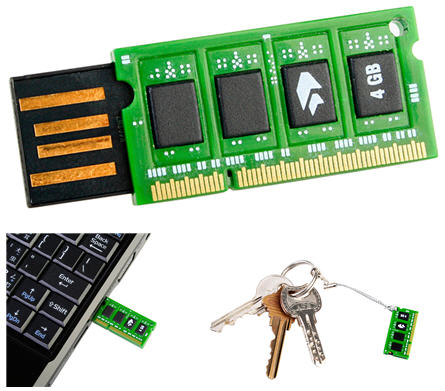As laptops are getting faster, more and more people are using them. These devices can be used for work or just for relaxing after a long day at the office. However, there is one detail that could ruin everything – lack of memory. Memory shortage on computers happen to everyone no matter if you have an iMac desktop computer or MacBook Air laptop.
While it might seem like this is not much of an issue as the problems lies with the storage space, it actually affects your computer performance in general. The reason lies in how both Windows and Mac OS handle system files- they will always use physical RAM before using any other resource available (e.g., hard drives) to load these components into the main memory where the processor operates faster than when the same information is read from a hard drive. This means that when you have less memory than your computer needs, it will be forced to use the slow operating system storage space which in return will severely affect its performance.
Of course, this can’t go on forever as eventually the computer might crash completely due to overloaded main memory or simply stop working at all. If you are experiencing problems with your laptop’s running speed, there are some ways to fix them by yourself without any outside help:
1) You can close programs that are not being used at the moment – this is the simplest solution but if you have 15 tabs open on Chrome and several applications running simultaneously, it will probably take some time for you to find out what exactly is slowing down your computer.
2) You can free up some space from the storage medium – this is another common solution to speed up a slow laptop. Simply delete files that you will never use again and do a disk clean-up for temporary Internet files and other junk that might be affecting the performance of your device.
3) You can just add more memory – to improve laptop’s running speed, simply purchase additional SDRAM module and install it as one would upgrade an existing memory stick (you don’t need to downgrade it or anything like this). It is recommended that you open up your laptop and check which type of RAM sticks are compatible with the device’s architecture (usually DDR1, DDR2 DDR3) before purchasing them.
Of course, if you are not an IT specialist and don’t know how to upgrade your laptop’s internal memory yourself, the best idea would be to leave it to professionals. While some might argue that taking laptops to service centers is less expensive than paying for new hardware, this isn’t always the case. Many computer owners find themselves spending more money on servicing their device than they did by simply purchasing a brand new one (with better performance).
This means that if you want to get rid of slow running speed issues with your laptop without actually paying for any services, adding more physical RAM will definitely do the trick! External memory sticks are very cheap nowadays and since most laptops already come equipped with slots for them (either in the form of SD cards or regular memory stick slots), you can simply install a new module and enjoy the benefits.
For more information about how to upgrade your laptop’s internal ram memory, feel free to ask our experts at LaptopReviews.org!
Thank you for reading this article. If you enjoyed it, be sure to recommend it by clicking the little heart icon below. I appreciate your kindness 🙂 And if you have any further questions or thoughts concerning external ram memory for laptops , please comment in the area below, I would love to hear from you! Thank you again! Please visit Laptopmeta.com for more great articles & awesome reviews on laptops or Tablets :).

